Dehydrated Foods: Are They Good for You?
Dehydrated foods are often seen as being healthier than their fresh counterparts. This is because they contain less water and so have a higher concentration of nutrients. However, there are also some potential downsides to eating dehydrated foods.
One of the main issues with dehydrated foods is that they typically have to be cooked as part of their preparation for consumption. The difference between freeze-dried and dehydrated food is that freeze-dried foods can be eaten right out of the can. If you buy dehydrated food storage in #10 cans, please realize you will need to cook them, which uses water and fuel.
But, hey, they’re still needed and one great option as you put together your food storage plan. I use dehydrated potatoes and carrots often. They are great for soups, casseroles, stews, etc. I highly recommend an Excalibur Dehydrator. Excalibur Dehydrator or this one with a timer like I have, Excalibur Dehydrator With Timer
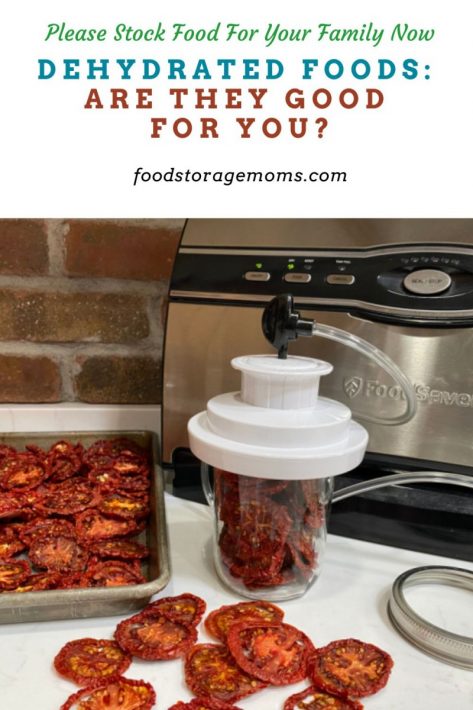
6 Easy Ways to Use Dehydrated Potatoes
What are dehydrated foods?
Dehydrated foods are foods that have had most of their water content removed. This can be done through a variety of methods, including air-drying, sun-drying, and using a dehydrator. Dehydration is a popular way to preserve food because it reduces the risk of spoilage and makes the food easier to store.
Common Foods That Are Dehydrated:
Some common examples of dehydrated foods include:
- Dried fruits like raisins, apricots, and dates
- Dried vegetables like carrots, tomatoes, and onions
- Jerky (beef, chicken, turkey, etc.)
- Beef or vegetable stock cubes/powder
- Fruit leathers
- Granola
- Dried herbs and spices
Some of my favorite foods to dehydrate…
Should You Eat Dehydrated Foods?
Dehydrated foods can be a healthy and convenient option, but they are not right for everyone. If you’re trying to limit your sodium intake, it is important to read the labels of dehydrated foods carefully. Some of these foods can be high in sodium, even though they may not taste salty.
I have several #10 cans of vegetables that have zero sodium. I just want you to be aware and check the labels. It’s usually the dehydrated meals that have sodium. Here again, read the labels on boxes, cans, and bags.
Health Benefits of Eating Dehydrated Foods
Dehydrated foods offer many health benefits that are often overlooked. When fruits and vegetables are dehydrated, they lose water weight but retain most of their nutrients.
This means that dehydrated foods are more calorie-dense than their fresh counterparts, making them a great choice for people who are looking to lose weight or maintain a healthy weight. Be sure and read the ingredients.
Easy to Digest
Dehydrated foods are also easy to digest because they have been broken down into their simplest form. This is great news for people who have trouble digesting fresh fruits and vegetables.
Stay Hydrated
Another health benefit of eating dehydrated foods is that they can help you stay hydrated. When you rehydrate dehydrated foods, your body absorbs the water more efficiently than if you drink plain water.
This is because the water in dehydrated foods is already in a form that your body can easily use. So, not only will you stay hydrated, but you’ll also get a little boost of nutrients.
Boosts Energy Levels
Dehydrated foods are a great source of natural energy. This is because they are packed with nutrients and simple sugars that your body can easily convert into energy.
If you’re looking for a healthy way to boost your energy levels, reach for some dehydrated fruits or vegetables instead of a cup of coffee.
Fights Free Radicals
Some dehydrated foods are also rich in antioxidants, which help fight free radicals in the body. Free radicals are unstable molecules that can damage cells and lead to disease.
Antioxidants help neutralize free radicals, keeping them from causing damage. So, by eating foods that are high in antioxidants, you can help protect your health.
Nutrition Info for the Best Dehydrated Foods
Here is a list of some of the most popular dehydrated foods and their nutritional information:
- Apple slices: One cup of apple slices has only 30 calories and is a good source of fiber and Vitamin C.
- Banana chips: One cup of banana chips has about 150 calories and is a good source of potassium.
- Dates: One date has about 20 calories and is a good source of fiber and potassium.
- Figgy bars: One figgy bar has about 120 calories and is a good source of fiber and calcium.
- Prunes: One prune has about 20 calories and is a good source of fiber and potassium.
- Raisins: One raisin has about 25 calories and is a good source of iron.
- Tomato slices: One cup of tomato slices has only 30 calories and is a good source of Lycopene.
As you can see, dehydrated foods are a great way to get the nutrients your body needs without all the calories. So, if you are looking for a healthy snack option, consider dehydrated foods.
Here are some frequently asked questions about dehydrated foods:
What is the best way to store dehydrated foods?
The best way to store dehydrated foods is in a cool, dark place. Dehydrated foods can last for up to a year if stored properly. The safest way to store them is in air-tight containers. If you haven’t opened them, keep them stored in the original package/can.
What are some tips for rehydrating foods?
Soak dried foods in water for at least 10 minutes before eating. You can also add dried foods to soups or stews to rehydrate them.
Are dehydrated foods healthy?
As mentioned in the paragraphs above, dehydrated foods are a great source of nutrients and can be just as healthy as fresh foods.
What are some common uses for dehydrated foods?
Dehydrated foods are often used for meals as people go camping and hiking because they are easy to transport and require no refrigeration. Dehydrated foods can also be used in recipes that call for fresh fruits or vegetables. Many recipes have liquids that will rehydrate the food as part of the preparation/cooking process. In other cases, you’ll need to rehydrate these foods first, and then add them to the recipe as directed.
Are dehydrated foods good for prepping?
Dehydrated foods are a great addition to any prepper’s pantry. They are easy to store and can last for years, depending on the brand you purchase and how they are stored. Dehydrated foods can be used in a variety of recipes, so they are versatile as well.
What are some common mistakes people make when dehydrating foods?
One common mistake is not drying the food long enough. This can cause bacteria to grow and make the food unsafe to eat. Another mistake is not storing the dried food properly. If you are dehydrating your own fruits and vegetables please “condition” the food before storing it (see below).
How to Condition Your Fruit or Vegetables after Dehydrating:
If you live where it is HUMID: “To condition the fruit, take the dried fruit that has cooled and pack it loosely in plastic or glass jars. Seal the containers and let them stand for 7 to 10 days. The excess moisture in some pieces will be absorbed by the drier pieces. Shake the jars daily to separate the pieces and check the moisture condensation.” https://nchfp.uga.edu/how/dry/pack_store.html
If you live in the DRY DESERT: I set my fruit and vegetables on my countertop for 5-7 days. Ten days is even better to make sure everything is dry before using your FoodSaver unit.
In case you missed this post, Dehydrating Tomatoes and Tomato Powder I love dehydrating tomatoes, I add them to my salads after the garden is finished for the year. If your tomatoes are sweet, dehydrated tomatoes will be sweet as well.
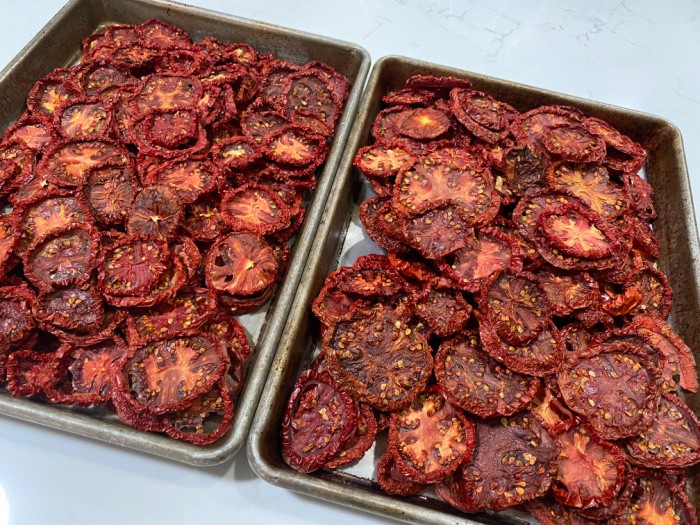
What are some other tips for dehydrating foods?
Be sure to wash all fruits and vegetables before dehydrating them. Cut the food into the same size pieces as best you can so the pieces will dry evenly. Dry the food on low heat to prevent it from browning or cooking. Store the dried food in an airtight container to keep it fresh. It may seem hard, but dehydrating foods at home is possible!
More Tips on Dehydrating:
- How To Dehydrate Food To Make Healthy Snacks
- Several Ways To Dehydrate Food
- 6 Easy Ways to Use Dehydrated Potatoes
Final Word
Dehydrated foods are a great way to preserve fruits, vegetables, and meats. By following these tips, you can enjoy dehydrated foods that are safe and healthy. Don’t be discouraged, give it a try. If you have a garden, this is a great way for your family to enjoy your harvest all year long. Make sure you dehydrate foods that your family will eat, you don’t want any of it to go to waste. May God Bless this world, Linda

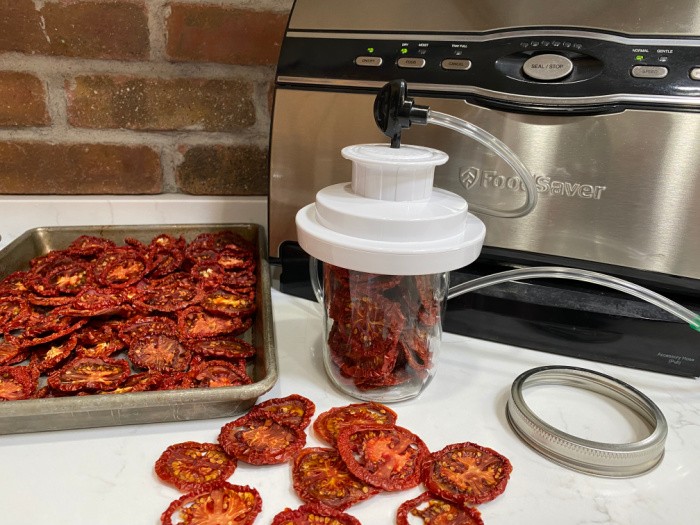

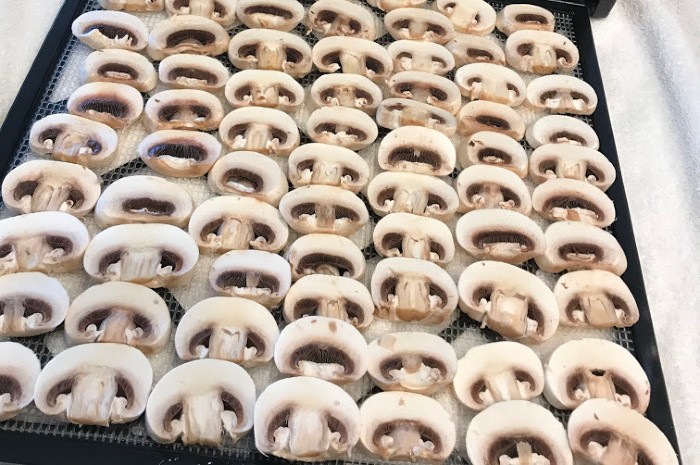
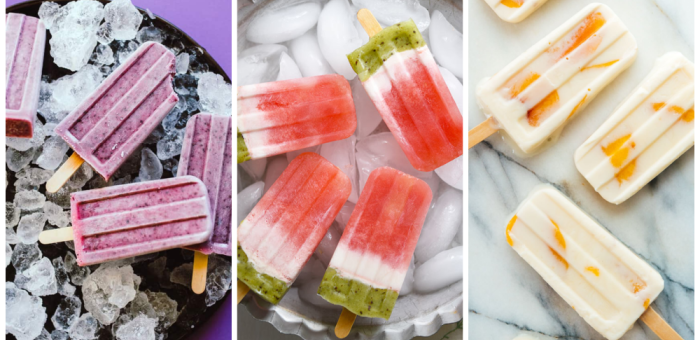
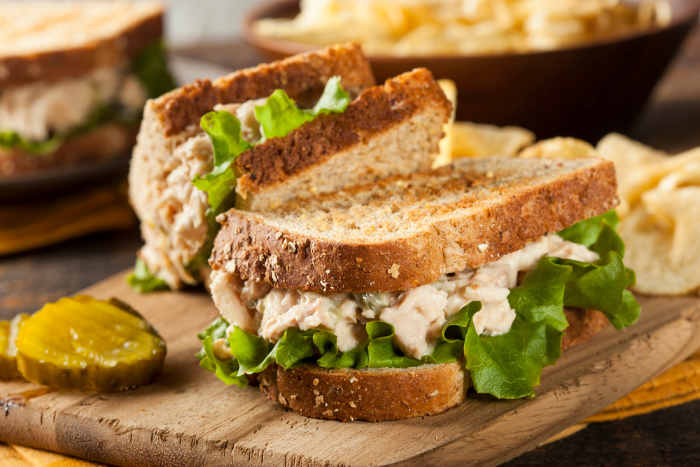
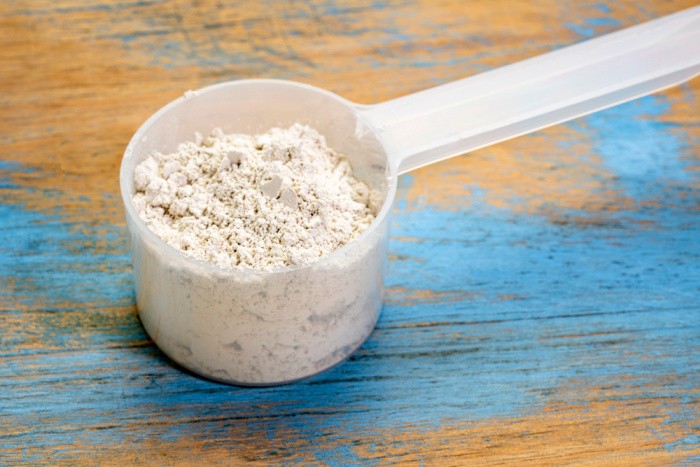
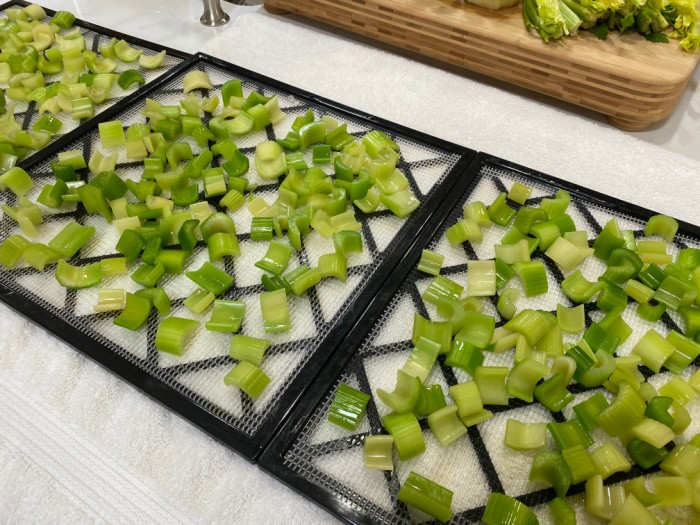
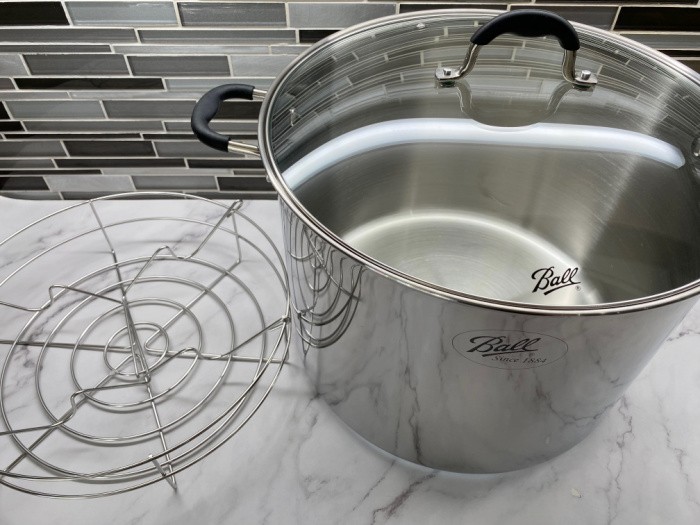
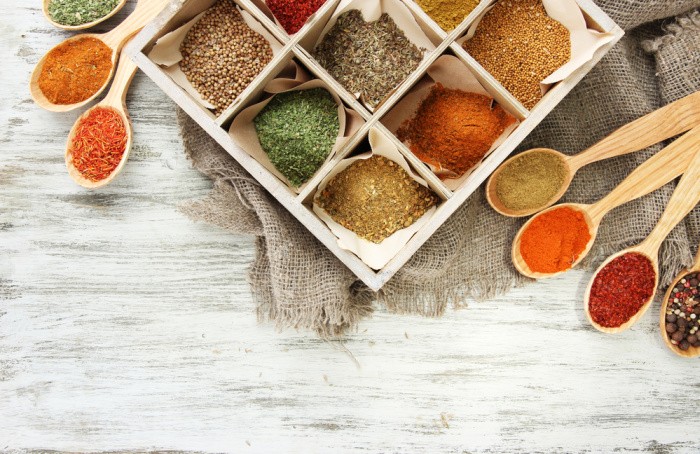


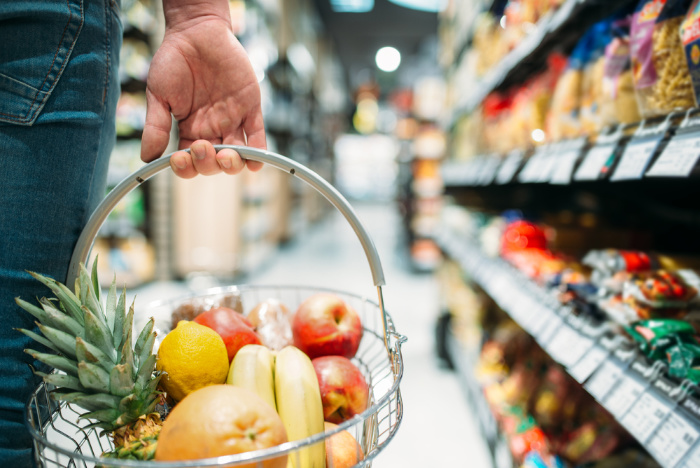
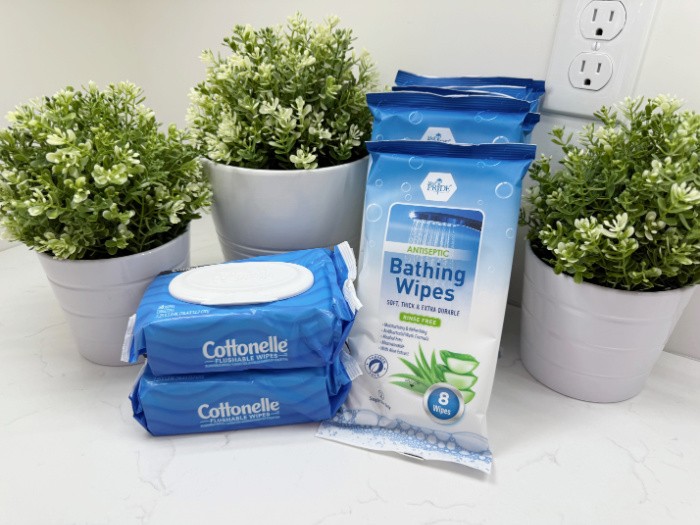



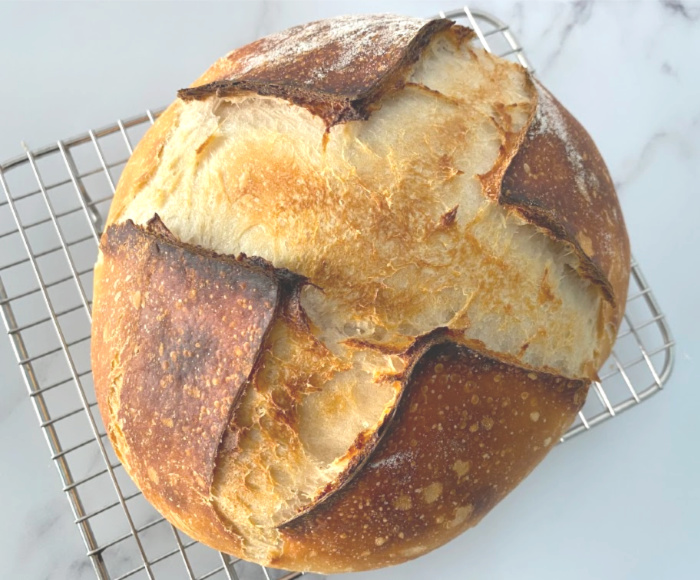

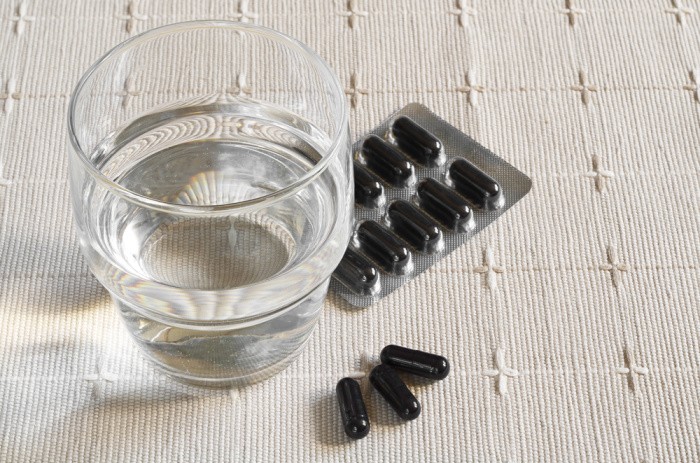


Stews and casseroles would be a good project for the solar oven so your not using your non renewable resources
Hi Matt, great reminder, I need to show people how easy the Sun Ovens are to use. IF you have sunshine like Utah, Oklahoma, Texas, California, or any state that has a lot of sunshine, they will work great. I really hope those families who have invested in them are using them. It’s all about practicing with our preps. Love the Sun Ovens, Linda
I got plenty of sunshine. In fact so much of love to send some of it elsewhere lol
I actually got excited when it cooled down to only 97 the other day.
Matt, LOL! Oh my gosh, 97 degrees. I hear you on the heat. I wear a cooling deal around my neck all summer. LOL! Linda
Hi Linda! I love dehydrating foods and using them. This is one awesome post. Thank you!
I’ve used, cooked with and eaten a lot of canned dehydrated food especially in the military. Things like potatoes take extra time to soak out. If your doing hash browns consider soaking them overnight. They also absorb a lot of spice IMO. It’s another reason I store spices.
The advantage is it takes less manpower up front. Something like potatoes don’t have to be washed, peeled and sliced. You just open the can and rehydrate.
Old school nitrogen sealed cans had it right.
Hi Matt, I love the shredded dehydrated potatoes, you are so right they are so easy to use. Great comment, Linda
Linda,
One of my favorite dehydrated foods is Craisins, which I use in salads or just as a snack. I really should do more dehydrating and since I have an overabundance of Apples right now I’ll probably make some chips after I’m done canning applesauce and apple pie filling.
Hi Ray, you are so lucky to have apple trees! I love homemade applesauce and apple pie filling. I can almost smell the sweetness of apples right here!! LOL! Yummy! Linda
Linda,
We have three apple trees we planted almost 10 years ago, an Anna, a Dorsett Golden and a Gala. The first two have produce the overabundance we currently enjoy. Neither the Anna nor the Golden are great eating apples but they both make great sauce or pie filling. The Gala apples are good fresh eating apples, but they won’t be ripe until late August or early September. We also have two Santa Rosa Plums, 2 Brown Turkey Figs, a Bonanza Peach, 2 Nectarines, and a Mulberry tree. Most of them are dwarf or semi-dwarf as that makes pruning, covering with bird netting and picking the fruits easier.
Takes a few years to get them into good production, but like the asparagus beds, they are well worth the effort.
Hi Ray, oh my gosh, I love hearing about your apple trees. I had to leave my asparagus in Southern Utah, dang it! Oh my gosh, you have so many fruit trees, what a blessing those trees are to you and Jane!!! I LOVE THIS!!! Linda
My favorite foods to dehydrate can be eaten raw, but most often eaten cooked.. summer and zucchini squash( make wonderful veggie chips with ranch or Thousand island dressing- MUST be stored with silica packages and oxygen absorbers for best shelf life..), okra, white potatoes,( slice thin for chips) Once these foods are dehydrated they ARE cooked- they require so little. rehydration times are difficult to know… remember the smaller, thinner the pieces the quicker they will rehydrate.
The most important thing to know is to dehydrate at the proper temp for the food…to preserve nutrition.and to dry it thoroughly. If food is crispy when i take it out of dehydrator i give it time to cool and seal it to lock out moisture. When humidity is 50-60% or higher-it will not get dryer, leaving it to set to open air.
Hi Denis, oh I love zucchini chips! Great reminder on those, they are so good and so easy to make!! Linda
I love having a dehydrator and wish I had bought a square one instead of the round one but it was on sale so I shouldn’t complain. One of my favourite things to dry is garlic slices. I have a simple device, you just drop in a clove and twist, almost like a pencil sharpener, and out come perfect slices ready for the dehydrator.
Hi Alice, I totally agree with you on having a dehydrator. I have never done garlic slices, now I want to do them!!! I did not know you could buy a garlic slicer, I just found one! I have a mincer but not a slicer!! Thank you!! Linda. https://amzn.to/3RCkVZ3
Linda, thanks for the tag for the garlic slicer/chopper! Had a garlic press 30+ years ago but ditched it as too much trouble to clean. Now that I’m 71 with arthritis in my hands, I need this. Have you found a great, safe chopper for onions, peppers, and potatoes? The Mueller I bought a couple years ago had a tiny blade break, which could have sent someone to the hospital if ingested. Just posted a “Do Not Buy” review!
The dehydrator hubs proudly brought home from one of the farm stores. Not a great one and I’m not convinced it dehydrates well. Watching to see how the green onions. Ended up freezing the carrots, so as not to lose them.
I really appreciate all your ideas, especially since we are closer in age than most “preppers” I follow, friend! Sometimes, their suggestions are overwhelming at this stage of my life. I have to remind myself, every good idea may not be what is possible for me.
Hi Marilynne, oh I hear you on the age, my friend. I’m 72 with arthritis, we could be “twinners”!! LOL! You know I have tried so many choppers/slicers I can’t even count them anymore. I can’t say I have the perfect one, yet. Stay safe, Linda
For slicing, check out a Japanese Benriner. It’s about the size of one side of a box grater, has a couple of different blades (slice, 2 widths of shred). This tool is sharp as can be and the thickness of the slice is adjustable. I bought mine at an Asian grocery but I have seen them at Sur la Table, very affordable, easy to store and easy to clean.
A French Mandoline, more versitile but heavier, bigger and more cumbersome to use is also much more expensive. Having sliced open both of my hands, near my wrist while making waffle cuts of sweet potatoes (which are very hard), I RARELY use any of these tools without wearing a protective cut resistant glove – clean in the dishwasher, cost less than $10 and is a hand/finger saver, also good when opening shellfish with arthritic hands!
Hi Sarah, oh my goodness, I love hearing about a Japanese Benriner! I have the gloves, I learned to use those when I worked in a cooking store! I can’t wait to find one, thank you so much!! Linda
Linda:
You mentioned that dehydrated food have a lot of sodium. If you are buying this type of food you might want to check the can’s out especially if you are allergic to Sulfa drugs. They will use Sulfates, Sulfites and Sulfonamides when they dehydrate foods commercially and if you are allergic to Sulfa you will probably be allergic to these additives. I had a allergy test done one time and I had a reaction to the sulfates, sulfites, and sulfonamides and the doctor asked me if I was allergic to Sulfa. I said yes and he said never eat anything with these additives. I have gone so far as to omit anything that sulf as the prefix in any food. They will tell you that Oh it does not affect you but I can tell you from experience that they will.
Hi Jackie, I will have to check my plain vegetables and fruits that I buy from Thrive Life in #10 cans. It’s the meals I worry about that have too much sodium sometimes. I will watch for the “sulf”, thank you, my friend, Linda
I dehydrate peppers and potatoes. I might have to try tomatoes this year.
Hi Janet, I have never dehydrated potatoes, or bell peppers, oh my gosh, I need to up my game. Great reminder, thanks Janet, Linda
Hi, Linda!
Take those dehydrated tomatoes and cover a small jar’s worth with olive oil to make your own “sun-dried tomatoes.”
I also powdered a number of them in an old coffee-bean grinder …easy to store and later use for augmenting soups, chili, etc. I might try adding some dried chile peppers, onions and garlic to that powder this year.
Seems like that mix would be good in some homemade artisan bread.
Thank you for all the reminders….
I’m working on my own little cookbook to help me use my pantry items and even those Costco chickens without wasting anything. Sure could use more recipes!
Love from Blue Sky (this year) S. Oregon!
Shirley
Hi Shirley, I am going to try your sun-dried tomatoes! It would be cheaper than buying them for sure!! Thank you! I love powders as well. Now I want to make some artisan bread with those flavors!! Those Costco chickens are the best! I have several recipes in the works, Love you back, Linda from hazy skies in Utah!!
The dehydrator is one of the things I bought almost 8 years ago. One thing that I have gotten in the habit of doing is to dehydrate canned fruit and vegetables if anything is around two years old as a way to free up that jar for canning and to prolong the life of the fruit/vegetable and in knowing that I have it for later when those items may not be plentiful or readily available. I do the same with my frozen meat as I will can half and then make jerky and sausage with the rest. It may sound stupid, but for me I use my dehydrator as a way to rotate/recycle my food by adding it into my long-term food storage as well as a “just toss it in” quick ingredient working pantry staple.
It has saved me so much money in many different ways, by not wasting any food, by freeing up canning jars and not having to buy more (I reuse store-bought jars for dehydrated foods), and not buying already dehydrated long-term storage foods.
Hi Ravenna, I love hearing how you use your dehydrator. It’s an investment, to begin with, but, boy does it save me money as well! I love love love your comment! Good job! Linda
In full disclosure, I bought it and use it the way I do on behalf of what I learned from a coworker who used to live in Alaska for a few years.
Hi Ravenna, I love it! Life is good when we learn something new! Linda